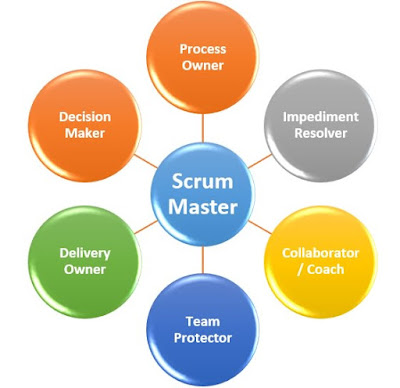The Differences: Lean Startup vs Agile Methodology Can Lean Startup and Agile Methodology work together? In today’s dynamic business world, we transform our project planning focus from an expanding control change process to an adaptive process that embraces change: a process that responds to business requests whenever they are made, a process that is flexible enough to change even the process itself. That process entails practicing Lean Startup with the Agile Methodology , in addition to the traditional project management focus on controlling activities. Lean startup principles measure ongoing results but then challenge those requirements as needed, as part of a build-measure-learn loop. A true picture of success or failure starts to emerge–and a true picture of failure may induce even the most intractable project sponsors to make significant changes before things go off the rails. The Agile methodology is an approach to project management, typically ...
Entradas populares de este blog
The Scrum Master role Scrum Masters are those who fully understand Scrum, and help the Scrum Team by coaching them, and ensuring that all Scrum processes are implemented correctly. The Scrum Master is a management position, which manages the Scrum process, rather than the Scrum Team. Is a servant-leader for the Scrum Team. Besides ensuring that the Development Team understands and uses Scrum correctly, the Scrum Master also tries to remove impediments to the Development Team, facilitates their events, and trains and coaches them. The Scrum Masters help the Product Owners too, by helping or consulting them on finding techniques, communicating information, and facilitating related events. The responsibilities of the Scrum Masters are not limited to the Scrum Team. They should also help those outside the Scrum Team understand the appropriate interactions with the Scrum Team to maximize the value created by the Scrum Team. The Scrum Master usually leads the organization in its effort to ...
Transformación Digital ... ¿Evolución o Mutación? La transformación digital se comportaría como una evolución de las empresas similar a la descrita por Darwin en su teoría de la evolución de las especies, o sería más como una mutación ? En este último tiempo podemos observar la consolidación en el modelo de negocio de empresas como Uber (Taxis), Netflix (Películas), Airbnb (Hospedaje) y Amazon (Venta minorista). Acaso Netflix fue la evolución de Blockbuster o fue un mutante que surgió con un ADN similar pero con los cromosomas de la movilidad integrados? Airbnb, la compañía con mayor valor de capitalización de la industria del hospedaje, ¿fue la evolución de cuál cadena hotelera? De ninguna. Airbnb f...





Comentarios
Publicar un comentario